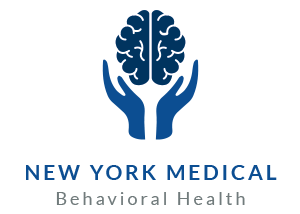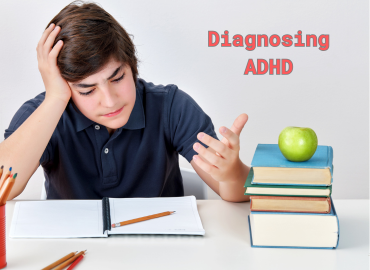Diagnosing ADHD
Attention-deficit/hyperactivity disorder, or ADHD, is one of the most common mental disorders that affect children and adults (but mostly children) in the United States. That amounts to about 8.4% of children and 2.5% of adults. Much study is underway to learn more about how to diagnose and treat ADHD, and there is much progress to be made.
ADHD presents with some typical symptoms, like the following. We will concentrate mainly on how ADHD affects young people, as most of the data medical science currently has lies there.
Hyperactivity is a common trait in people with ADHD. They find it difficult to sit still and are always on the move, handling things, talking, and engaging in stimulating behavior. This does not have to be a problem in itself, but it frequently disrupts classroom settings and other situations.
Inattention and having trouble focusing is a common symptom of ADHD. This often appears as trouble staying on task, following instructions, and avoiding mistakes. Excessive daydreaming is also another characteristic, an appearance of “being on another planet.”
Impulsivity and acting quickly without thought is also a marker of possible ADHD. Children with ADHD often find it difficult to control their urges and think before they act or speak. This can present with trouble managing emotions as well.
ADHD is most often diagnosed in boys rather than girls. ADHD in girls commonly asserts itself primarily in inattention and less often in hyperactivity.
An active lifestyle and imagination are a wonderful part of childhood and adulthood. We do not believe in fixing what isn’t broken. But support and care are available when ADHD proves a hindrance to one’s everyday life and growth.
ADHD is diagnosed by medical professionals through careful evaluation by the child’s care team, which includes medical professionals, teachers, healthcare providers, and therapists. It is important to gather much information about the child, their behavior, and their needs before making any decisions. Standardized tests and questionnaires have proved useful as well. There are no specific scans or blood tests used to diagnose ADHD.
To judge whether or not ADHD might be impacting their life in a negative way, a healthcare provider will interview the youth being evaluated. Their responses will be collected to identify their needs and understand how their symptoms are affecting their lives. It is important to remember that some symptoms of ADHD can be markers for other disorders, or there may be
some external influences that should be taken into consideration.
Medical science has worked up useful rating systems and checklists to help them decide whether the individual fits into the criteria for ADHD or if there are indicators for other neurological states like learning disabilities and/or mood disorders.
Some of the functions assessed are:
− Reasoning
− Working memory
− Executive functioning
Diagnosis is made when symptoms are significant and persistent, in that they hinder the young
person from functioning in settings from school to home to work.
A recent study has shown some interesting statistics when it comes to ADHD diagnosis. There was a downward trend from 2016 to 2018, but in subsequent years it remained stable. There was a downward trend in diagnosis among adults from 2016 to 2020 but an upward trend among adults from 2020 to 2023.
“Fluctuations in incidence rates are likely due to a complex interplay of various factors,” the authors write. For example, increased awareness and destigmatization of ADHD can lead to more diagnoses. Changes in diagnostic criteria, such as the expansion of ADHD criteria in the DSM-5 compared to previous editions, may have contributed to an increase in diagnoses.
Variations in diagnostic practices and assessment methods can contribute to differences in incidence rates. In addition, there are some indications, the authors note, that the COVID-19 pandemic may have contributed to new ADHD diagnoses and worsening symptoms.
If you suspect that you or your child may have ADHD, start with a visit to your primary care physician. They can run preliminary tests and advise on further tests and specialists. You can make an appointment with us anytime to find out more about our services, including talk
therapy. Write to us on our website or call (585) 442-6960.




